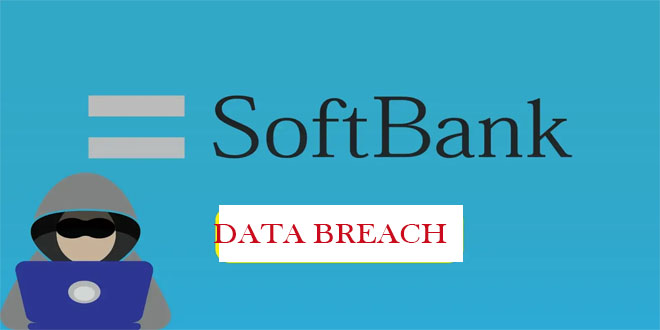GreyNoise warns of a coordinated increase in the exploitation of Server-Side Request Forgery (SSRF) vulnerabilities across various platforms.
“At least 400 IPs have been seen actively exploiting multiple SSRF CVEs simultaneously, with notable overlap between attack attempts,” the company said, adding it observed the activity on March 9, 2025.
By infosecbulletin
/ Wednesday , June 18 2025
Russian cybersecurity experts discovered the first local data theft attacks using a modified version of legitimate near field communication (NFC)...
Read More
By infosecbulletin
/ Tuesday , June 17 2025
Cybersecurity researcher Jeremiah Fowler discovered an unsecured database with 170,360 records belonging to a real estate company. It contained personal...
Read More
By infosecbulletin
/ Tuesday , June 17 2025
GreyNoise found attempts to exploit CVE-2023-28771, a vulnerability in Zyxel's IKE affecting UDP port 500. The attack centers around CVE-2023-28771,...
Read More
By infosecbulletin
/ Tuesday , June 17 2025
The U.S. Cybersecurity and Infrastructure Security Agency (CISA) has recently included two high-risk vulnerabilities in its Known Exploited Vulnerabilities (KEV)...
Read More
By infosecbulletin
/ Monday , June 16 2025
SafetyDetectives’ Cybersecurity Team discovered a public post on a clear web forum in which a threat actor claimed to have...
Read More
By infosecbulletin
/ Sunday , June 15 2025
WestJet, Canada's second-largest airline, is looking into a cyberattack that has affected some internal systems during its response to the...
Read More
By infosecbulletin
/ Saturday , June 14 2025
Resecurity found 7.4 million records of Paraguayan citizens' personal information leaked on the dark web today. Last week, cybercriminals attempted...
Read More
By infosecbulletin
/ Friday , June 13 2025
HashiCorp has revealed a critical vulnerability in its Nomad tool that may let attackers gain higher privileges by misusing the...
Read More
By infosecbulletin
/ Friday , June 13 2025
SoftBank has disclosed that personal information of more than 137,000 mobile subscribers—covering names, addresses, and phone numbers—might have been leaked...
Read More
By infosecbulletin
/ Friday , June 13 2025
Serious security vulnerabilities in Trend Micro Apex One could allow attackers to inject malicious code and elevate their privileges within...
Read More
Countries targeted by SSRF exploitation attempts include the United States, Germany, Singapore, India, Lithuania, Japan, and notably Israel, which experienced a surge on March 11, 2025.
The list of SSRF vulnerabilities being exploited are listed below:
CVE-2017-0929 (CVSS score: 7.5) – DotNetNuke
CVE-2020-7796 (CVSS score: 9.8) – Zimbra Collaboration Suite
CVE-2021-21973 (CVSS score: 5.3) – VMware vCenter
CVE-2021-22054 (CVSS score: 7.5) – VMware Workspace ONE UEM
CVE-2021-22175 (CVSS score: 9.8) – GitLab CE/EE
CVE-2021-22214 (CVSS score: 8.6) – GitLab CE/EE
CVE-2021-39935 (CVSS score: 7.5) – GitLab CE/EE
CVE-2023-5830 (CVSS score: 9.8) – ColumbiaSoft DocumentLocator
CVE-2024-6587 (CVSS score: 7.5) – BerriAI LiteLLM
CVE-2024-21893 (CVSS score: 8.2) – Ivanti Connect Secure
OpenBMCS 2.4 Authenticated SSRF Attempt (No CVE)
Zimbra Collaboration Suite SSRF Attempt (No CVE)
Many of the same IP addresses are targeting multiple SSRF vulnerabilities simultaneously, indicating organized exploitation or automated attacks.
Users should apply the latest patches, restrict outbound connections to only what’s necessary, and watch for any suspicious outbound requests due to ongoing exploitation attempts.
“Many modern cloud services rely on internal metadata APIs, which SSRF can access if exploited,” GreyNoise said. “SSRF can be used to map internal networks, locate vulnerable services, and steal cloud credentials.”
 InfoSecBulletin Cybersecurity for mankind
InfoSecBulletin Cybersecurity for mankind














